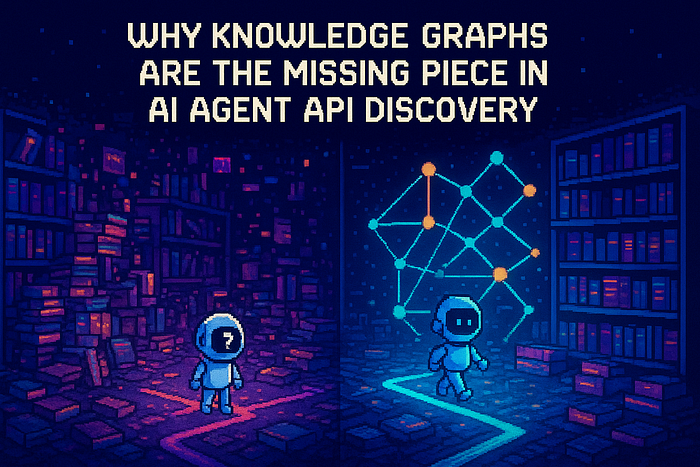Introduction to AI Investment
Enterprise artificial intelligence investment is unprecedented, with IDC projecting global spending on AI and GenAI to double to $631 billion by 2028. Yet beneath the impressive budget allocations and boardroom enthusiasm lies a troubling reality: most organisations struggle to translate their AI ambitions into operational success.
The Sobering Statistics Behind AI’s Promise
ModelOp’s 2025 AI Governance Benchmark Report, based on input from 100 senior AI and data leaders at Fortune 500 enterprises, reveals a disconnect between aspiration and execution. While more than 80% of enterprises have 51 or more generative AI projects in proposal phases, only 18% have successfully deployed more than 20 models into production. The execution gap represents one of the most significant challenges facing enterprise AI today. Most generative AI projects still require 6 to 18 months to go live – if they reach production at all. The result is delayed returns on investment, frustrated stakeholders, and diminished confidence in AI initiatives in the enterprise.
The Cause: Structural, Not Technical Barriers
The biggest obstacles preventing AI scalability aren’t technical limitations – they’re structural inefficiencies plaguing enterprise operations. The ModelOp benchmark report identifies several problems that create what experts call a “time-to-market quagmire.”
- Fragmented Systems Plague Implementation: 58% of organisations cite fragmented systems as the top obstacle to adopting governance platforms. Fragmentation creates silos where different departments use incompatible tools and processes, making it nearly impossible to maintain consistent oversight in AI initiatives.
- Manual Processes Dominate Despite Digital Transformation: 55% of enterprises still rely on manual processes – including spreadsheets and email – to manage AI use case intake. The reliance on antiquated methods creates bottlenecks, increases the likelihood of errors, and makes it difficult to scale AI operations.
- Lack of Standardisation Hampers Progress: Only 23% of organisations implement standardised intake, development, and model management processes. Without these elements, each AI project becomes a unique challenge requiring custom solutions and extensive coordination by multiple teams.
- Enterprise-Level Oversight Remains Rare: Just 14% of companies perform AI assurance at the enterprise level, increasing the risk of duplicated efforts and inconsistent oversight. The lack of centralised governance means organisations often discover they’re solving the same problems multiple times in different departments.
The Governance Revolution: From Obstacle to Accelerator
A change is taking place in how enterprises view AI governance. Rather than seeing it as a compliance burden that slows innovation, forward-thinking organisations recognise governance as an important enabler of scale and speed.
- Leadership Alignment Signals Strategic Shift: The ModelOp benchmark data reveals a change in organisational structure: 46% of companies now assign accountability for AI governance to a Chief Innovation Officer – more than four times the number who place accountability under Legal or Compliance. This strategic repositioning reflects a new understanding that governance isn’t solely about risk management, but can enable innovation.
- Investment Follows Strategic Priority: A financial commitment to AI governance underscores its importance. According to the report, 36% of enterprises have budgeted at least $1 million annually for AI governance software, while 54% have allocated resources specifically for AI Portfolio Intelligence to track value and ROI.
What High-Performing Organisations Do Differently
The enterprises that successfully bridge the ‘execution gap’ share several characteristics in their approach to AI implementation:
- Standardised Processes from Day One: Leading organisations implement standardised intake, development, and model review processes in AI initiatives. Consistency eliminates the need to reinvent workflows for each project and ensures that all stakeholders understand their responsibilities.
- Centralised Documentation and Inventory: Rather than allowing AI assets to proliferate in disconnected systems, successful enterprises maintain centralised inventories that provide visibility into every model’s status, performance, and compliance posture.
- Automated Governance Checkpoints: High-performing organisations embed automated governance checkpoints throughout the AI lifecycle, helping ensure compliance requirements and risk assessments are addressed systematically rather than as afterthoughts.
- End-to-End Traceability: Leading enterprises maintain complete traceability of their AI models, including data sources, training methods, validation results, and performance metrics.
Measurable Impact of Structured Governance
The benefits of implementing comprehensive AI governance extend beyond compliance. Organisations that adopt lifecycle automation platforms reportedly see dramatic improvements in operational efficiency and business outcomes. A financial services firm profiled in the ModelOp report experienced a halving of time to production and an 80% reduction in issue resolution time after implementing automated governance processes. Such improvements translate directly into faster time-to-value and increased confidence among business stakeholders.
The Path Forward: From Stuck to Scaled
The message from industry leaders is that the gap between AI ambition and execution is solvable, but it requires a shift in approach. Rather than treating governance as a necessary evil, enterprises should realise it enables AI innovation at scale.
- Immediate Action Items for AI Leaders: Organisations looking to escape the ‘time-to-market quagmire’ should prioritise the following:
- Audit Current State: Conduct an assessment of existing AI initiatives, identifying fragmented processes and manual bottlenecks.
- Standardise Workflows: Implement consistent processes for AI use case intake, development, and deployment in all business units.
- Invest in Integration: Deploy platforms to unify disparate tools and systems under a single governance framework.
- Establish Enterprise Oversight: Create centralised visibility into all AI initiatives with real-time monitoring and reporting abilities.
The Competitive Advantage of Getting It Right
Organisations that can solve the execution challenge will be able to bring AI solutions to market faster, scale more efficiently, and maintain the trust of stakeholders and regulators. Enterprises that continue with fragmented processes and manual workflows will find themselves disadvantaged compared to their more organised competitors. Operational excellence isn’t about efficiency but survival. The data shows enterprise AI investment will continue to grow. Therefore, the question isn’t whether organisations will invest in AI, but whether they’ll develop the operational abilities necessary to realise return on investment. The opportunity to lead in the AI-driven economy has never been greater for those willing to embrace governance as an enabler, not an obstacle.
Conclusion
In conclusion, while the investment in AI is on the rise, the ability to effectively execute and scale AI initiatives remains a significant challenge for many organisations. The key to overcoming this challenge lies in addressing the structural barriers, such as fragmented systems, manual processes, lack of standardisation, and the absence of enterprise-level oversight. By adopting a governance approach that standardises processes, centralises documentation, automates governance checkpoints, and ensures end-to-end traceability, organisations can bridge the execution gap and achieve operational success with their AI initiatives.
FAQs
- Q: What is the current state of AI investment?
A: Enterprise AI investment is expected to double to $631 billion by 2028, indicating a significant increase in AI adoption. - Q: What is the main challenge facing AI initiatives?
A: The main challenge is the execution gap, where organisations struggle to translate AI ambitions into operational success. - Q: What are the structural barriers to AI scalability?
A: The structural barriers include fragmented systems, manual processes, lack of standardisation, and the absence of enterprise-level oversight. - Q: How can organisations overcome these barriers?
A: By implementing standardised processes, centralising documentation, automating governance checkpoints, and ensuring end-to-end traceability. - Q: What are the benefits of adopting a comprehensive AI governance approach?
A: The benefits include improved operational efficiency, faster time-to-value, increased confidence among stakeholders, and the ability to scale AI operations efficiently.











